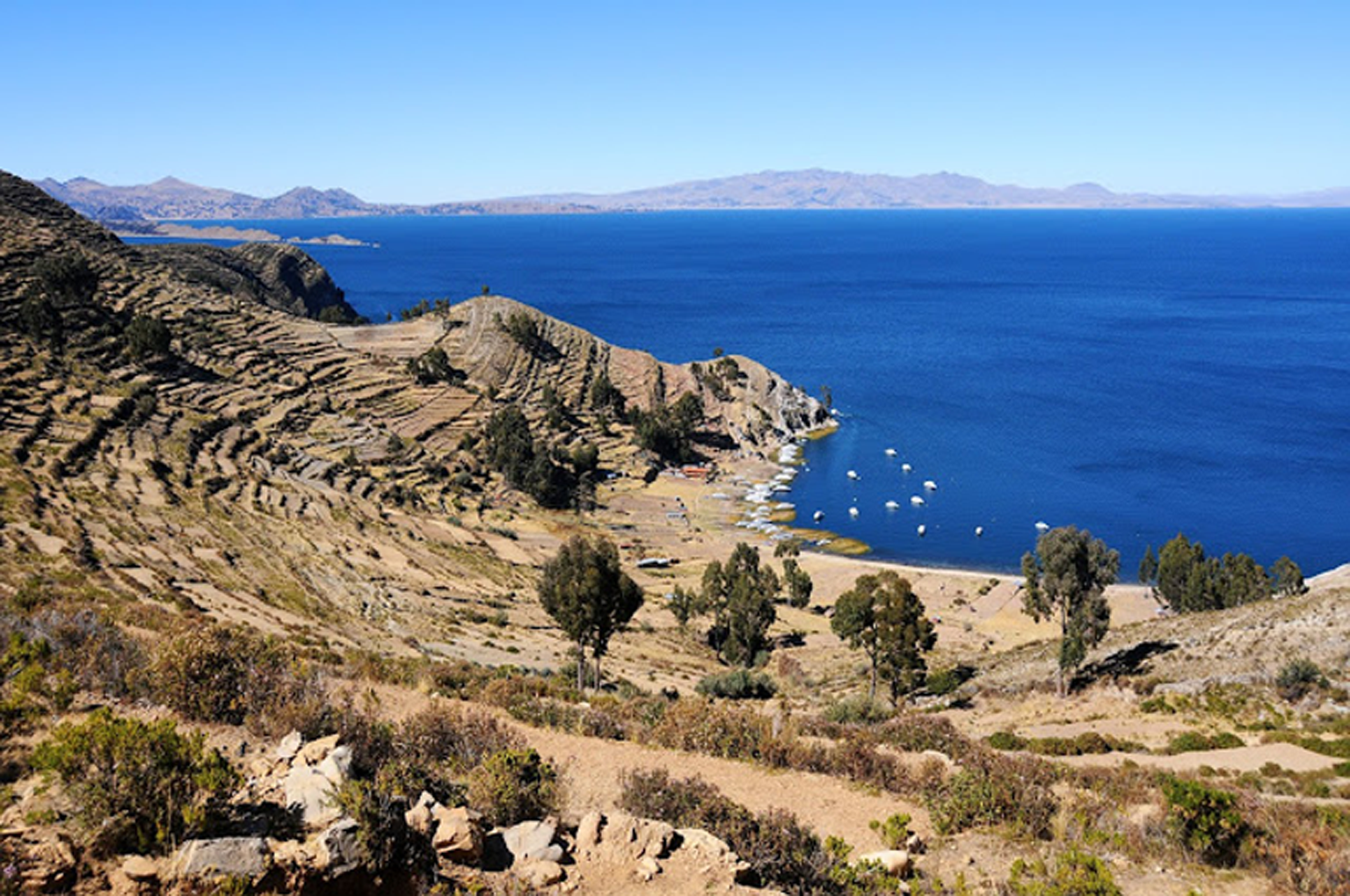- Posted by:
- anjci
- Under:
- Investment banking, London, Work
This post is a direct continuation of https://anjci.com/monkey-business-random-stuff-i-did-a-2/. Unfortunately, some truly grotesque experiences I had as an investment banker seem to have sunk very deep in my memory and refuse to emerge back to surface. The description below therefore continues to be largely incomplete with regards to what I did at UBS, both for everyday and sporadically.
> Airport rush. At the very start of my sparklingly successful career at UBS, I got involved in a very high-profile Qatari project. As the very bottom brick in the wall, I carried out the most mundane tasks. Other than hanging around the office late at night as an animated “back-up” to the team (there was not much intellectual work I could do at the time), I was frequently used as the team’s private presentations operator – all thanks to my modestly superior PowerPoint skills. One Friday night, however, I got to do something remotely exciting. Our Executive Director was departing to Qatar for the Board meeting. Our team of sub-monkeys was running late with the numbers. The model was changing at an exponential rate, and so was the associated presentation. I could feel my fingers on fire as I frantically keyed the valuation results into the presentation. Mark had departed for the airport, and another change in the assumptions twisted the model to no recognition. “You’ll have to catch Mark at the airport,” the guys said. “Finish the changes, get the books printed, call a cab and make your way to Heathrow – ASAP.”
…One hour later I stormed into Heathrow airport’s Terminal 3. Those yet to visit this side of Heathrow should be prepared. Originally opened as an “Oceanic Terminal” in 1961 to serve long-haul flights, it has seen little change to its purpose since. The ethnic mix there puts the likes of the UN to shame. As I was running, head over heels, to the check-in points, I managed to spot a Muslim prayer room, nearly knock a fat and colourful Jamaican lady off her feet, terrify a tight circle of fully covered Arabic ladies (they clang closer together), and bowl a humble Japanese family’s luggage in all directions like a bunch of pins. For a 23-year-old girl freshly out of Latvia and the Nordics, the experience was a little too overwhelming. I focused my efforts on finding the right check-ins, books clutched in a tight embrace next to my hysterically pumping heart. The destination was Doha. For some reason, I associated it with the UAE and rushed to the Emirates desk. Do you fly to Doha, I screamed. Only via Dubai, was the answer. Ok, wrong shot. I threw myself to the Qatar Airways desk instead. Right airline, but no sign of Mark anywhere, just more of those covered ladies. I was about to collapse, when Mark’s voice called me from behind. He took the books from my sweating hands. “Thanks, Anna, and never look for me at Economy Class check-ins again.” Lesson learnt, sir.
> Courier fun. Those of you with investment banking experience know about the importance of couriers. Senior bankers have the privilege of going home earlier than mere mortals. Senior bankers also like to review the work of mere mortals from home. The missing link here are couriers, who conveniently transfer the fruit of understudies’ office labour to seniors’ homes. Unfortunately, the extravagant scale of such transfers leaves plenty of room for moral hazard. During my time at UBS, I was instructed, on a number of occasions, to courier multiple personal items in addition to work-related ones. The most screaming examples were: biker trousers (dusty and covered in a kind of soot – I kept on sneezing); plastic bags full of groceries (one had tonnes of eggs inside – I kept praying they’d reach the destination intact); and door keys (defying the common perception, senior bankers are also humans, and forget these things in the office). Human couriers were used alongside cabs. Yes, a cab would be called, the items given to the driver, the intended passenger staying behind. A pair of forgotten keys could cost the client anything between 20 and 50 pounds, depending on the destination.
> Multi-interpreter skills. On several instances, I was instructed to put to use my famous language skills. The problem that I wasn’t quite speaking every European language never got through to my seniors. I distinctly remember a pile of annual reports for Italian municipal utilities (in Italian) thrown on my desk around midnight. Each had to be skimmed by morning, with key numbers picked and compiled in a spreadsheet. I waddled through, cursing along the way and wondering why “minority interest” had to be called “patrimonio di terzi”, or “third interest”. How unbelievably confusing.
On another occasion yet, I was preparing a variation of “Utilities in South-Eastern Europe”. My arguments that most information was in the national languages was cut off as irrelevant. Apparently, “all Slavic languages are the same”, and my Russian would take me a long way. As I was reading through market regulators’ reports in Serbian, Croatian, Bosnian, Macedonian, Bulgarian, etc – I came to appreciate the substantial similarity of all those languages to Russian. Slovene was my biggest headache, however. It just refused to make any sense. Thankfully, most Slovene materials were doubled in English. At least there is one truly European country in South-Eastern Europe.
> Geographic genius. I was always top of the class in geography at school, especially where maps were involved. I competed at the national level, even. All that came handy for my investment banking job, where one classic task was putting landmarks on maps. UBS template maps were a pure shade of grey without a hint where specific points of interest were. Anna’s little contribution here was to indicate where this town was. Or that village was. Or those 30 power plants were. Or where an electricity transmission line lay. Or where an LNG terminal was being built. A task which sounds easy in a country like Belgium, but is a true killer somewhere like Russia. Out of confidentiality considerations, I cannot present one of my Russian maps, typically littered with about 40 dots of six different colours (each representing a power plant, classically located in the middle of nowhere somewhere in Siberia – the middle of nowhere itself) and split across 14 different regions, each marked with a logo of one of the following: Gazprom, SUEK, Norilsk Nickel, LUKoil, E.ON, Enel and IES-Holding. And then my Managing Director (the one obsessed with Russia) would jump in his seat and scream that SUEK’s logo had changed recently. Attention to detail, Anna.
To be continued.










Comments